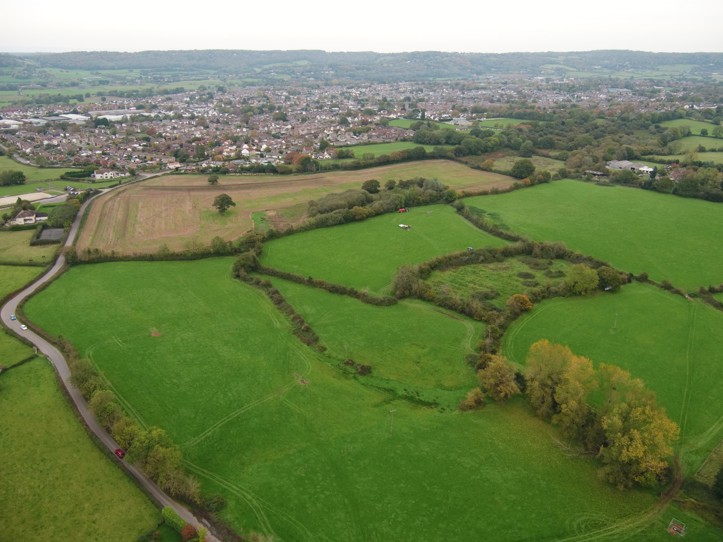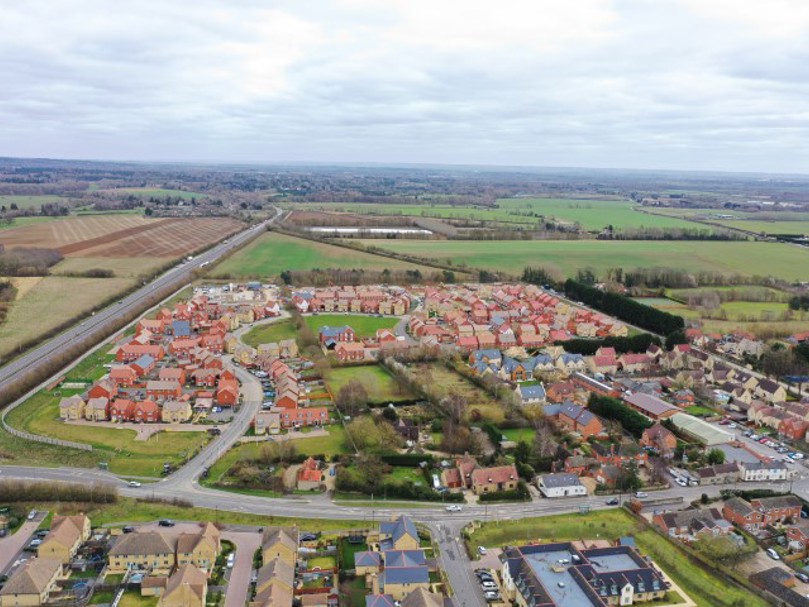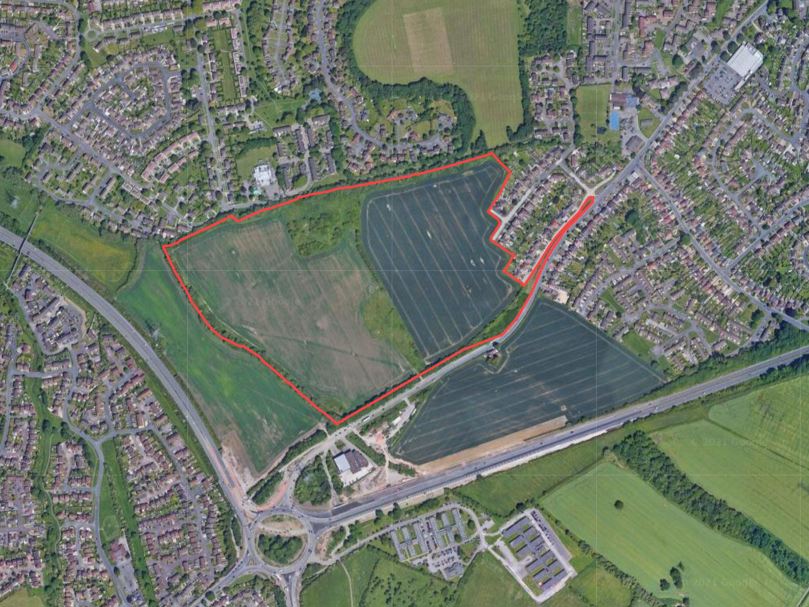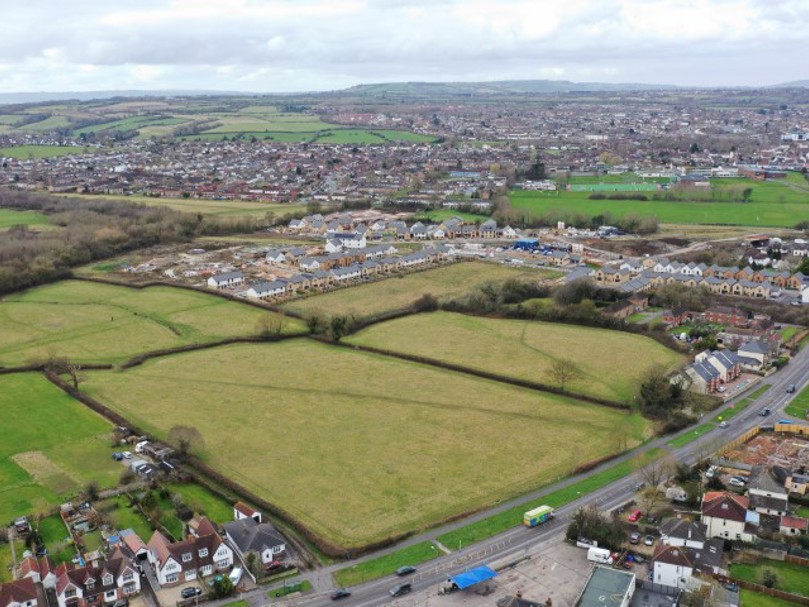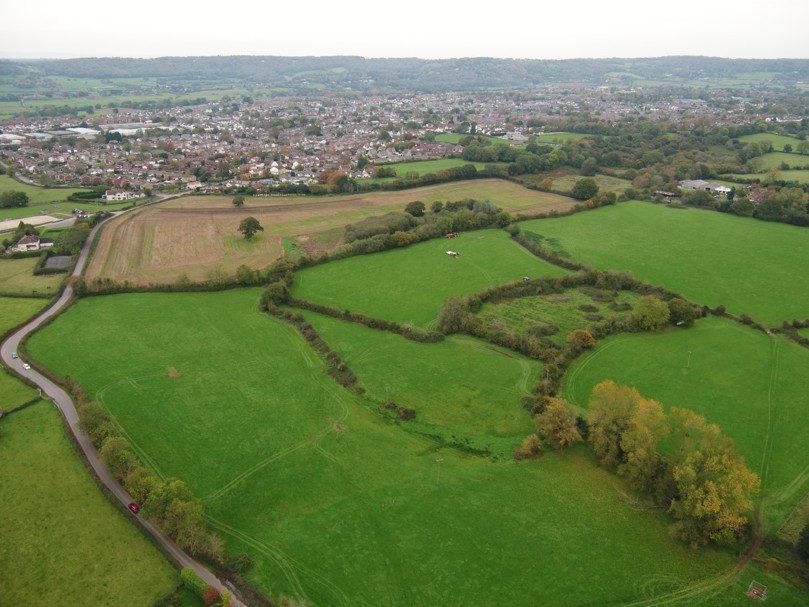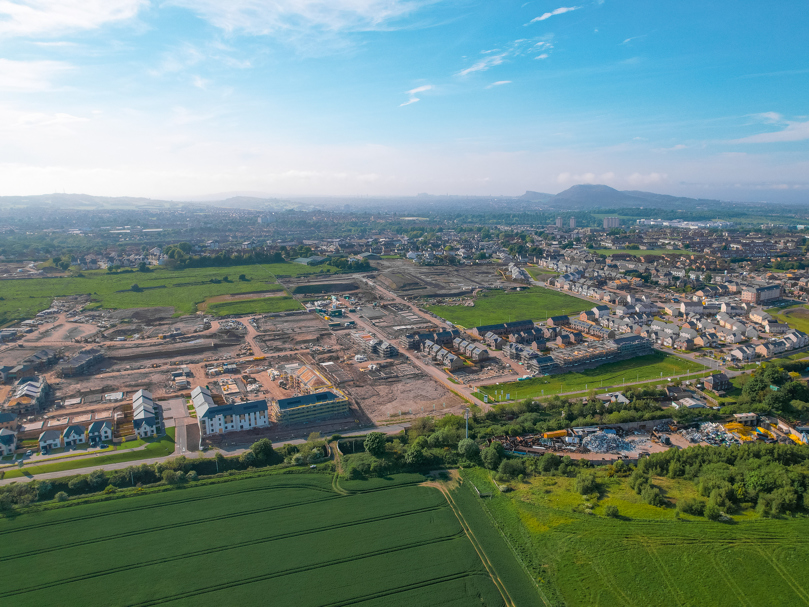Planning Process explained
Town planning is the process of regulating the use of land and managing development by the local planning authority. Usually, this is done in an effort to promote more desirable social and environmental outcomes, as well as a more efficient use of resources.
-
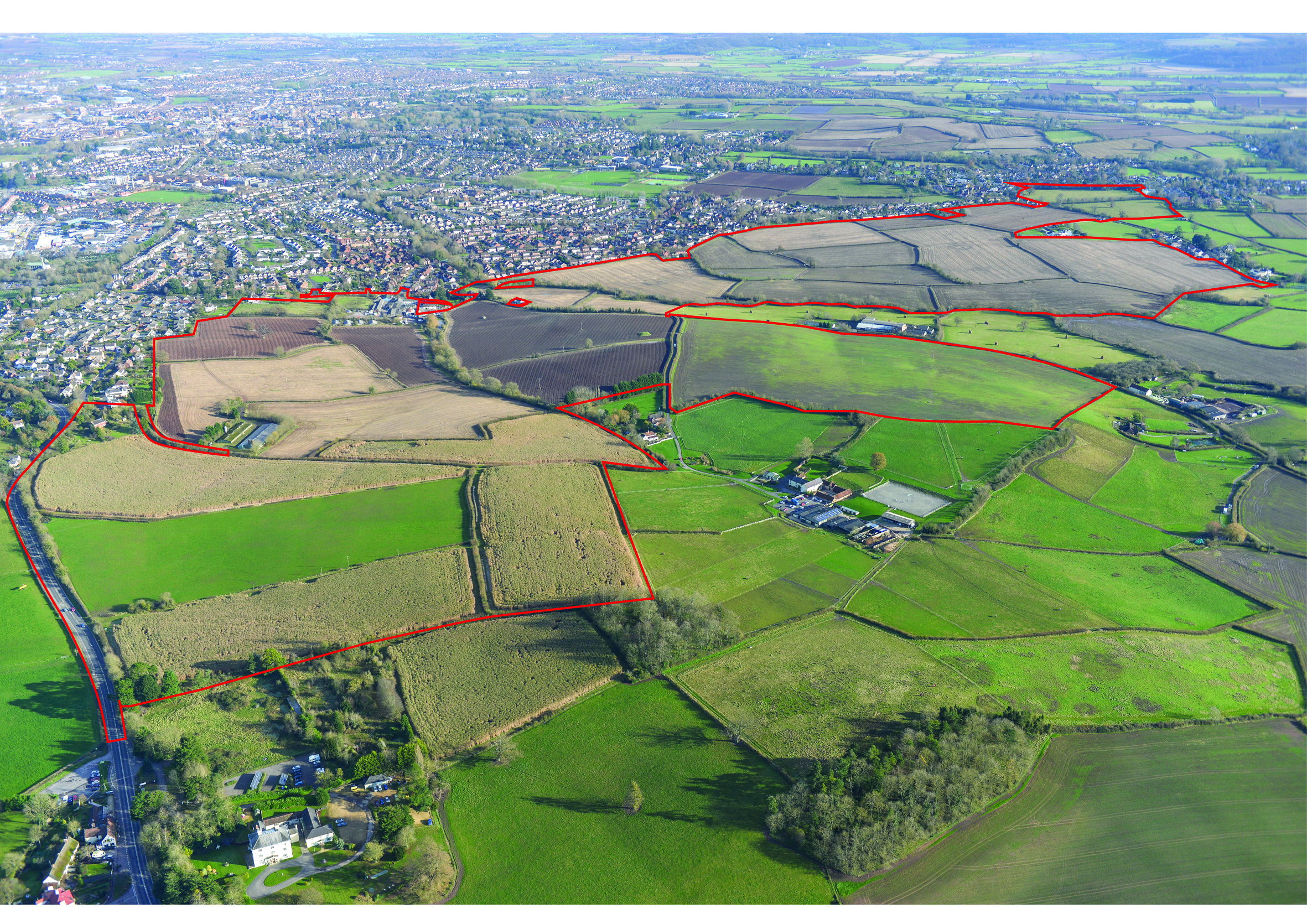
-
More specifically, the goals of contemporary planning seek to balance the need for new housing and development in appropriate locations with environmental considerations. These include reversing biodiversity loss; protecting valued landscapes and heritage assets; preventing unchecked urban sprawl; minimising the need for unsustainable methods of transport; and ensuring that development is ‘future-proofed’ with respect to climate change.
Gaining planning permission
By law, with limited exceptions, development cannot take place without first obtaining planning permission from the local planning authority, which is typically the local council. Consequently, gaining planning permission is the key that turns a piece of land into a new development site with the significant increase in land value that this entails. The planning permission is attached to the land and can be implemented by anyone, not necessarily the person who has applied for the permission in the first place.
Decisions on whether to grant planning permission must either be made in line with national planning policy (in the form of the National Planning Policy Framework), as well as the local planning policies set out by the local authority in their Local Plan or by justifying why development should be allowed against policy. Through the National Planning Policy Framework, national government sets out the requirements that local authorities will need to meet, including identifying sufficient land to meet future and current development needs through Local Plan allocations. Local Plans should be reviewed at least every five years and will typically cover development requirements for the next 15-20 years.
Where a local authority has not met its housing requirements or where there are not enough sites to provide for the next five years, there may be an opportunity for an early planning application ahead of allocation through the Local Plan.
How long does it take to get planning permission?
Initial ‘planning promotion’ can take anything from a handful of years to, in some cases, decades. By planning promotion we mean the early phase of the planning process where a site is put forward for inclusion in the Local Plan. This is a document that sets out a local authority’s development plan over a specified time period.
The planning application stage only tends to happen once an allocation for the site in a Local Plan. Local Plans are meant to be reviewed every five years, but this can often be a delayed and drawn-out process.
If outline planning permission is awarded to a site, there will still be a further requirement to apply for approval of final details or ‘reserved matters’, as well as any pre-commencement conditions, before development can actually take place.
How long does planning consent last?
Planning consent normally lasts three years from the date outline consent is granted, unless your permission says otherwise. However, if you need more time to plan effectively, you can reapply to ensure nothing is rushed. There is no longer an option to simply renew planning permission. Planning permission for a project is attached to the land and not the applicant.
Planning Policy
In identifying new sites for development and making decisions on planning applications, local planning authorities assess proposals against relevant planning policy. This can be separated into national planning policy issued by the Government, reflecting national aims and ambitions for development, and local planning policy prepared by the Local Planning Authority in the form of a Local Development Plan.
There can be a number of planning policies that can affect the development potential of the site, depending on the physical context of both the local and wider area.
These can include, but are not limited to:
- Green Belts – statutory designations principally aimed at maintaining the openness of the countryside and preventing the merging of settlements
- Areas of Outstanding Natural Beauty (AONBs) – statutory designations identified for the natural quality or uniqueness of the landscape
- Other landscape designations – locally identified landscape areas, such as areas of Great Landscape Value (GLVs).
- Sites of Importance for Nature Conservation (SINCs), SSSIs (Sites of Special Scientific Interest) and Local Wildlife Sites – ecological habitats of local, regional, or national importance designated for their intrinsic biodiversity value or the presence of protected species, such as bats, dormice, and great crested newts.
- Flood Zones – areas of land from lowest to highest risk of flooding from rivers or the sea.
- Open countryside and settlement boundaries - delineations between undeveloped land that is formally recognised as part of the countryside, and land considered to form part of an existing settlement.
- Scheduled Ancient Monuments (SAMs), conservation areas and listed buildings – statutory designations of land, built-up areas, and buildings with historical significance.
- Best and Most Versatile (BMV) agricultural land – land with the best agricultural quality.
The role of land planning permission consultants
If the land is to be sold to a housebuilder, applying for outline planning permission is far more cost effective than applying for full/detailed planning consent. Once sold, a detailed consent would be applied for from a housebuilder who will have their own, preferred house types and site layout.
Obtaining planning permission yourself, even in the case of outline, should not be considered lightly. Whilst securing outline planning provides the greatest financial return it carries the highest risk. Depending on the size and complexity of the site, the costs can run from hundreds of thousands to millions of pounds and there is no guarantee that planning consent will ultimately be obtained!
Housing land supply and housing delivery test
In order to ensure there is sufficient supply of land available for new homes, national planning policy requires that local planning authorities identify enough development land capable of meeting the district’s housing needs for at least the next five years. To ensure choice and competition in the market for housing land, an additional 5% buffer should be added. However, where less than only 85% of an authority’s housing need has been provided over the previous three years, this buffer is increased to 20%.
Recent research indicates that at least a third of all English councils could not demonstrate their required housing land supply. In such cases, national planning policy provides a presumption in favour of development, thereby significantly improving the chances of obtaining an early planning permission.
Biodiversity Net Gain
Since achieving Royal Assent in November 2021, the Government’s Environment Act 2021 sets out the requirement for new sites gaining planning permission after November 2024 to provide for a ‘net gain’ in biodiversity as part of development. The requirement is equivalent to 10% of the site’s existing biodiversity value when measured against the DEFRA metric, which considers the amount and ecological value of habitats on site. The gain can be provided either by the creation of new habitat directly as part of the development or via the purchase of ‘biodiversity credits’ which will go towards the provision of habitats at registered wildlife sites.

